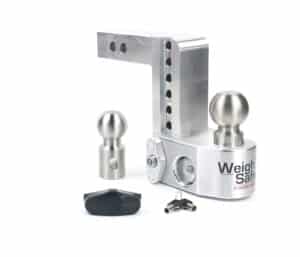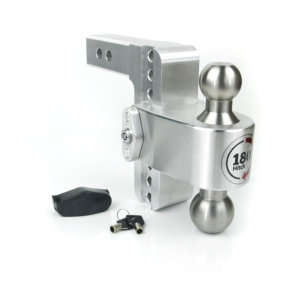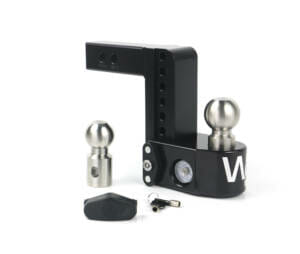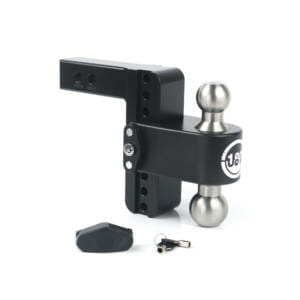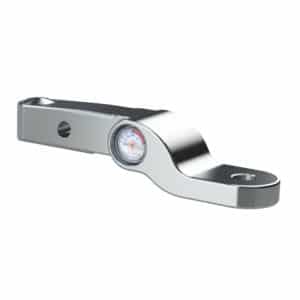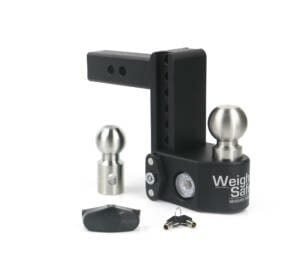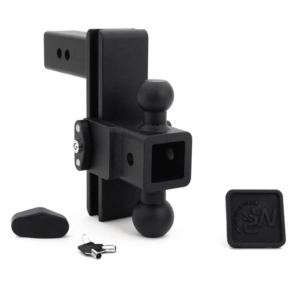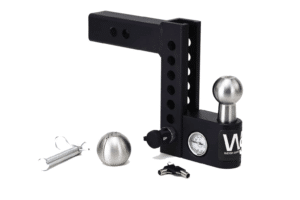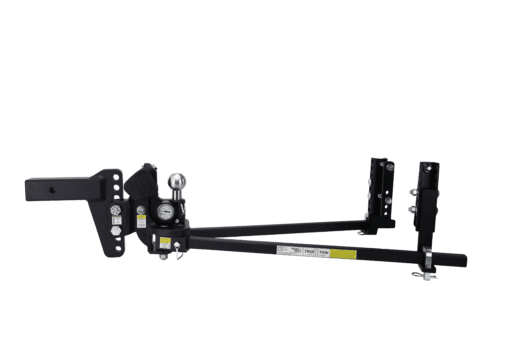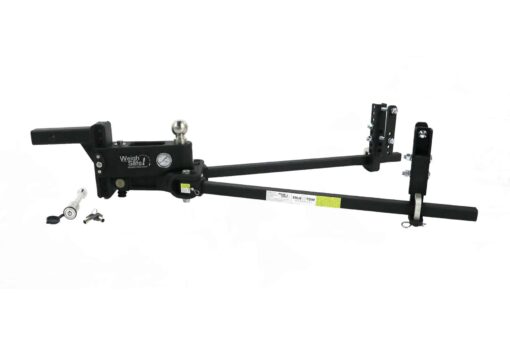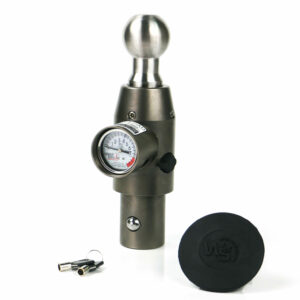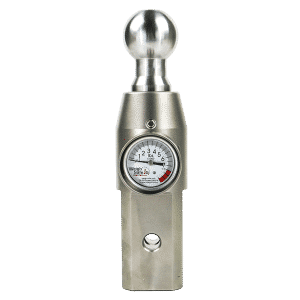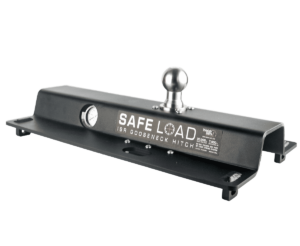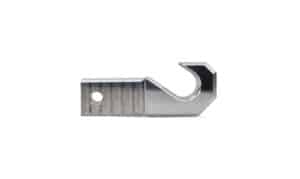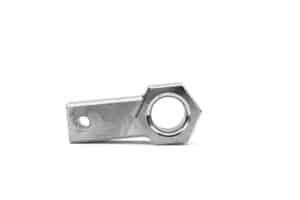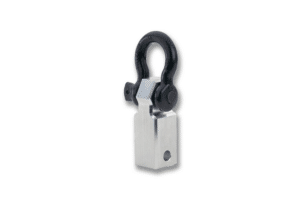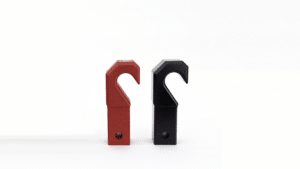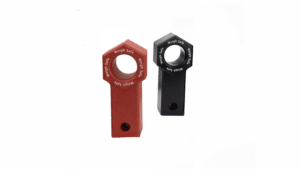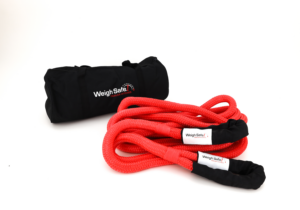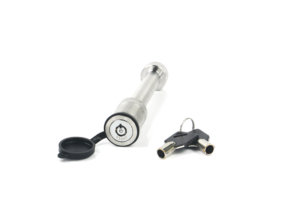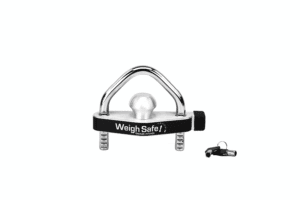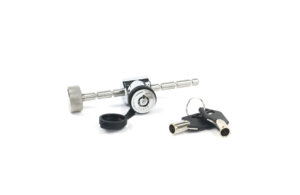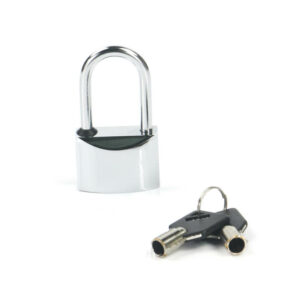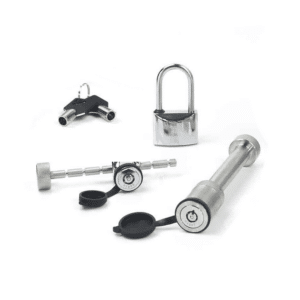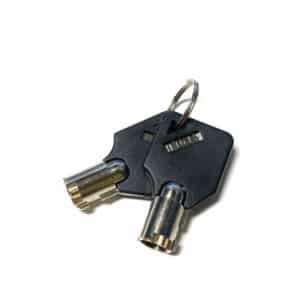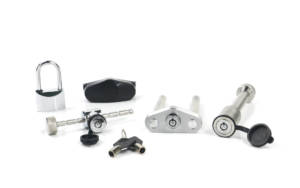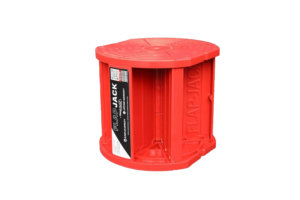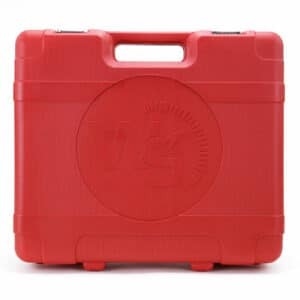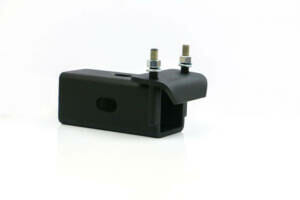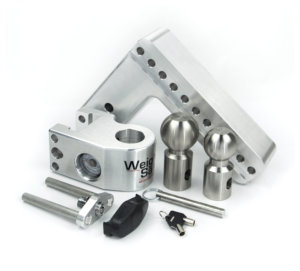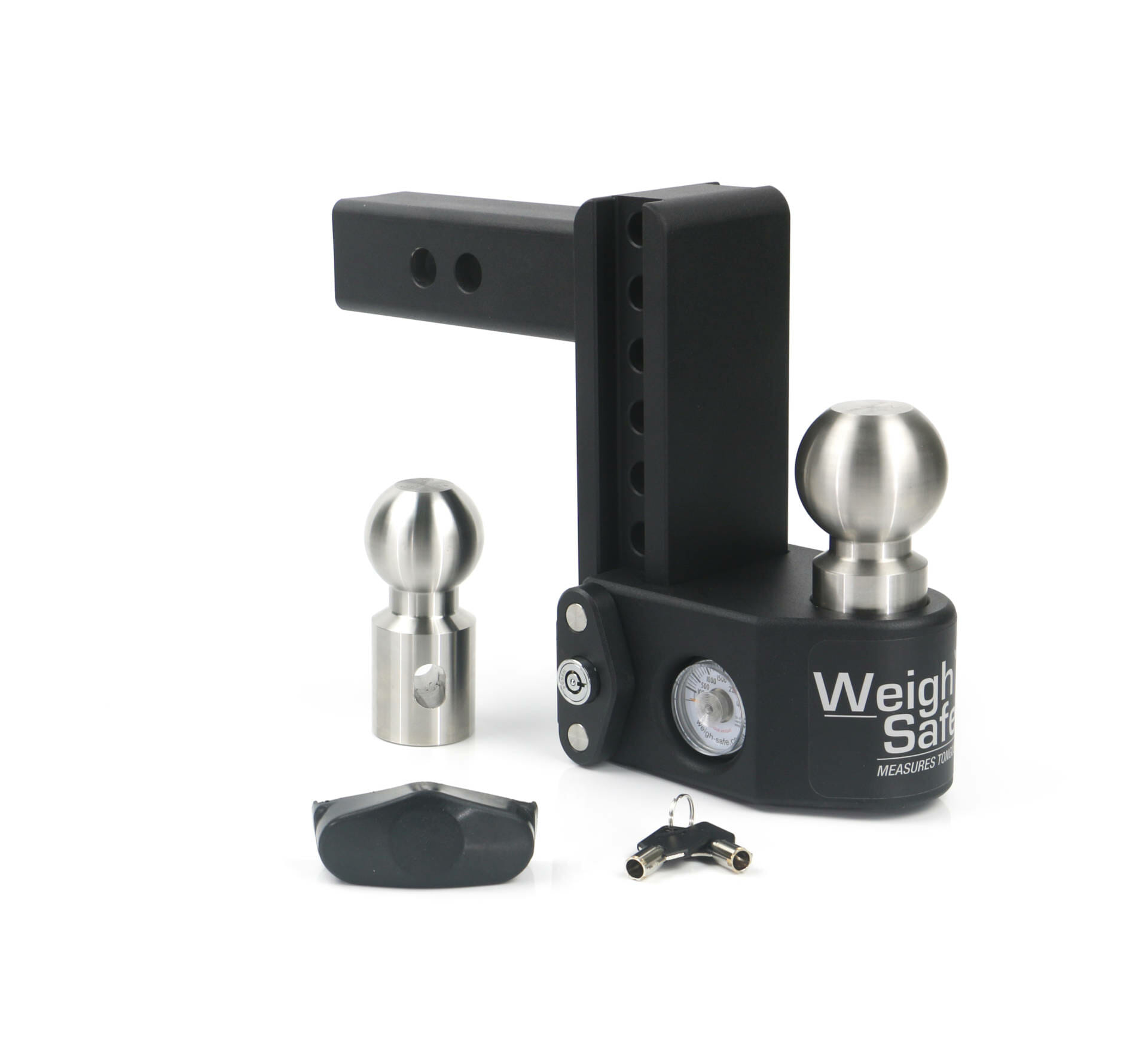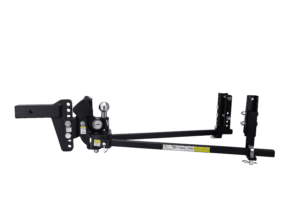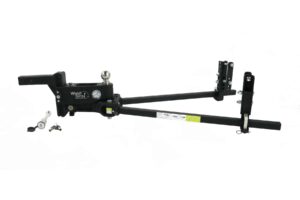Towing Education
The Ultimate Guide to Launching Your Boat: Tips, Tricks, and Best Practices

Launching a boat can be an exhilarating yet daunting experience, especially for those new to boating. From understanding the basics to mastering the nuances, the process requires a blend of preparation, patience, and technique. Whether you’re a first-time boat owner or looking to refine your skills, this comprehensive guide will walk you through the essential steps to ensure a smooth and successful boat launch.

Launching a boat can be one of the most rewarding parts of boating, marking the start of an adventure on the water. However, without the right knowledge and preparation, it can quickly turn into a stressful ordeal. Fear not! With a bit of planning and practice, you can master the art of launching your boat with confidence and ease.
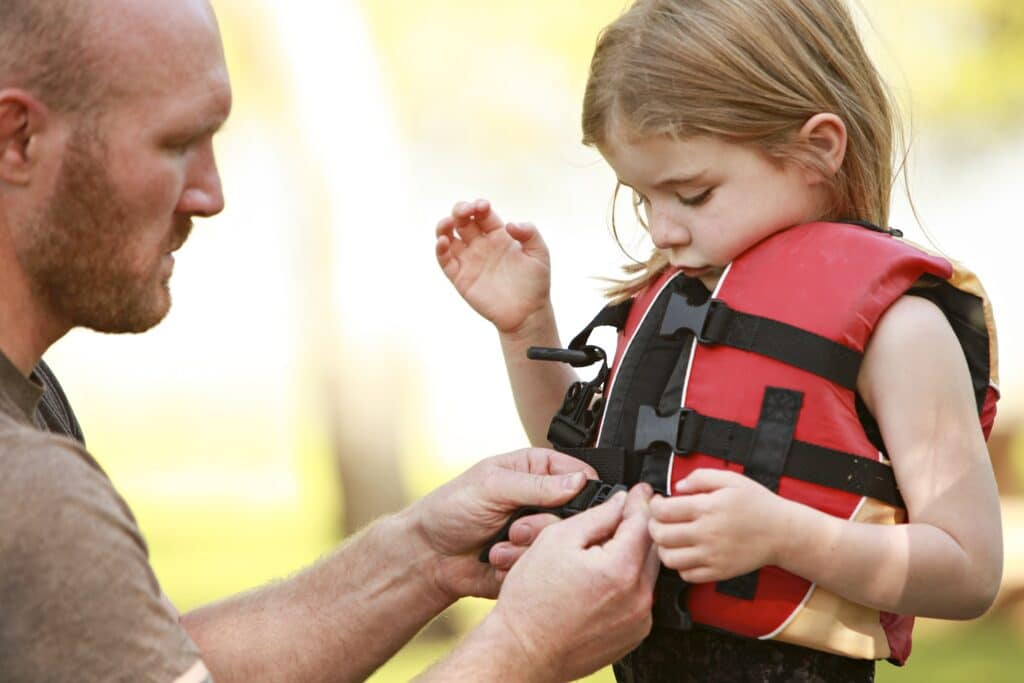
1. Preparation: The Key to a Smooth Launch
1.1. Gather Necessary Equipment
Before heading to the boat ramp, ensure you have all the necessary equipment:
- Boat registration and insurance papers: Essential for legal and safety reasons.
- Personal flotation devices (PFDs): Ensure you have enough for all passengers.
- Ropes and fenders: These help secure your boat and protect it from damage.
- Dock lines: Crucial for tying your boat to the dock after launch.
- Boat keys: Forgetting these can ruin the day!
1.2. Pre-Launch Checklist
Performing a thorough check before you even hit the ramp can prevent many common issues:
- Inspect the boat: Check for any damage or issues that need addressing.
- Load the boat: Place all your gear and supplies in the boat, balancing the load evenly.
- Check the drain plug: Ensure it’s securely in place to avoid flooding.
- Check the fuel: Make sure you have enough fuel for your outing.
- Test the battery: Verify that your battery is charged and functioning.
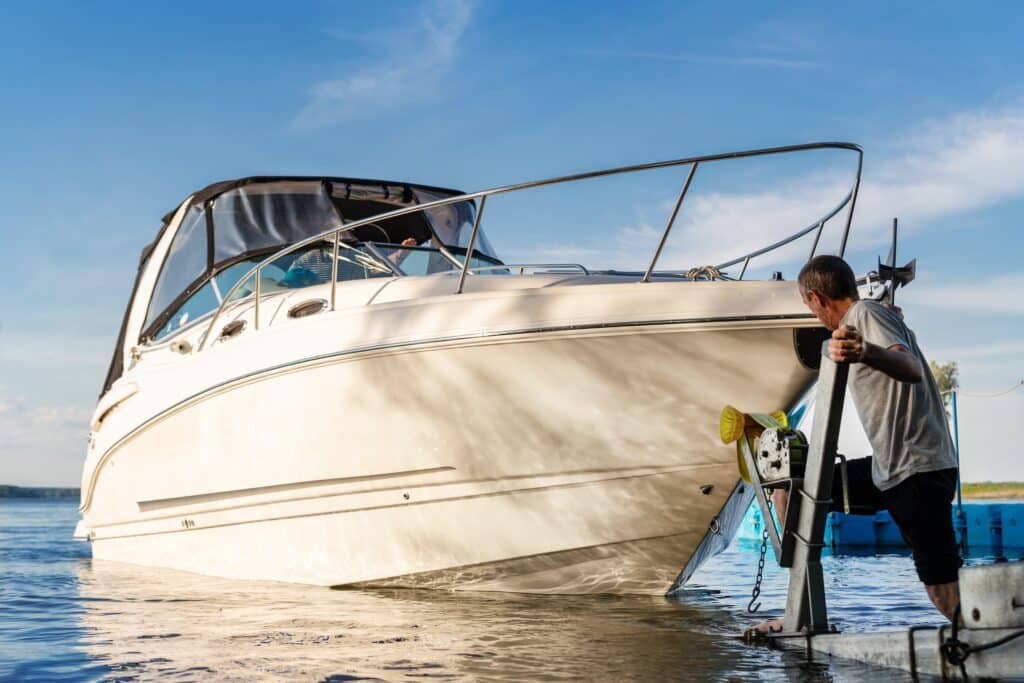
2. At the Boat Ramp: Mastering the Launch Process
2.1. Positioning and Backing Up
Getting your boat and trailer into the right position is crucial for a smooth launch:
- Choose the right lane: If the ramp has multiple lanes, select one that matches your skill level and is less crowded.
- Align the trailer: Position your vehicle and trailer in a straight line with the ramp.
- Slow and steady: Back up slowly, using your side mirrors for guidance. Practice makes perfect!
2.2. Unloading the Boat
Once you’re in position, it’s time to get your boat in the water:
- Unhook the winch and safety chain: Do this only when the boat is ready to be launched.
- Lower the trailer into the water: Keep going until the boat starts to float.
- Guide the boat: Have a helper guide the boat off the trailer, if possible. If you’re solo, use a boat hook or rope to maneuver it.
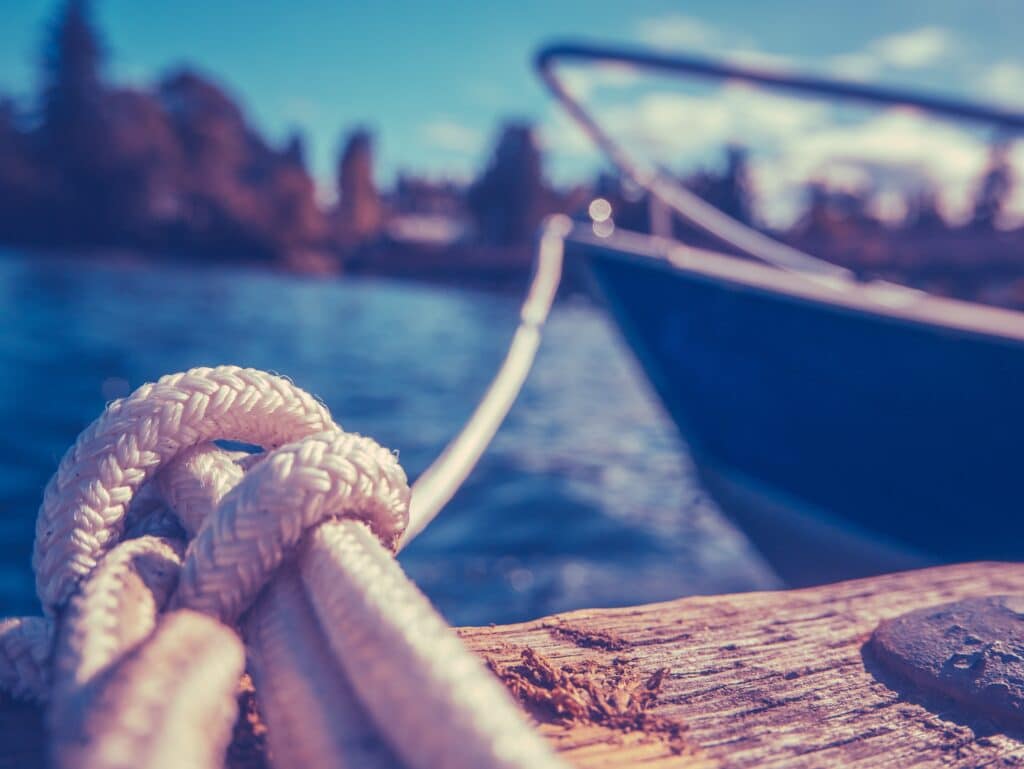
3. Post-Launch: Ensuring Everything is Set
3.1. Secure the Boat
Once your boat is in the water, you need to secure it before parking your vehicle:
- Tie the boat to the dock: Use dock lines to keep the boat steady.
- Adjust fenders: Position fenders to protect your boat from rubbing against the dock.
3.2. Parking and Final Checks
With the boat secured, you can park your vehicle and do a final check:
- Park in designated areas: Use the parking areas provided for trailers and vehicles.
- Final boat check: Ensure everything is functioning correctly, including navigation lights and communication devices.
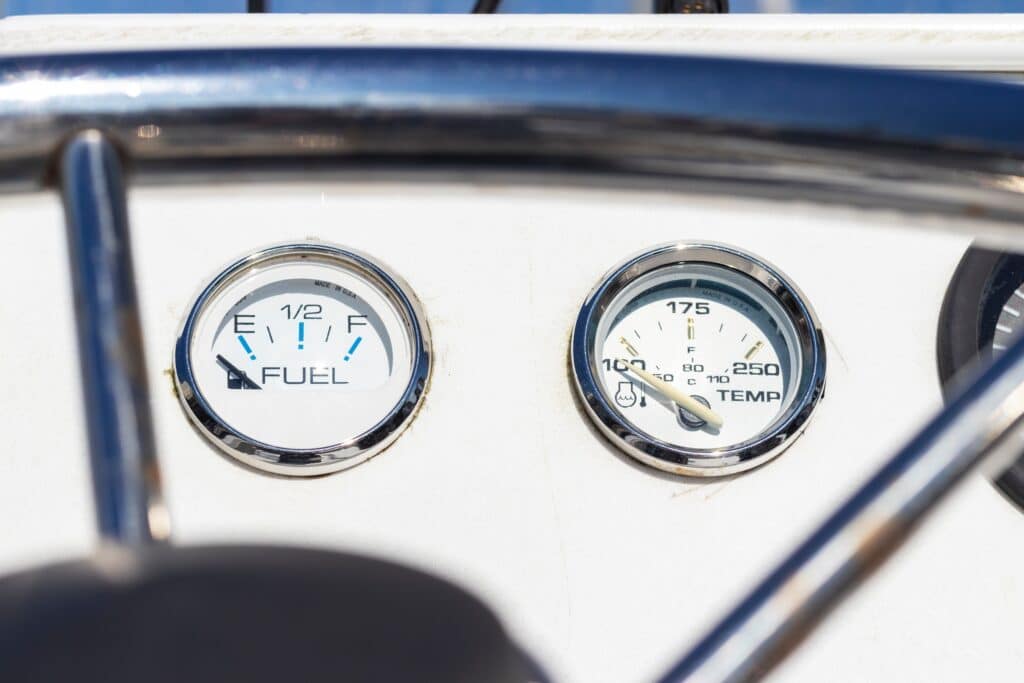
4. Troubleshooting Common Issues
Even with the best preparation, things can go wrong. Here’s how to handle common problems:
4.1. Boat Won’t Start
- Check fuel levels: Ensure you have enough fuel and that the fuel line is connected properly.
- Inspect the battery: Make sure it’s charged and that connections are secure.
- Verify the kill switch: Ensure it’s in the correct position.
4.2. Trailer Issues
- Trailer won’t back up: Check for parking brakes or obstacles.
- Boat won’t launch: Recheck the winch and safety chains to make sure they’re released.
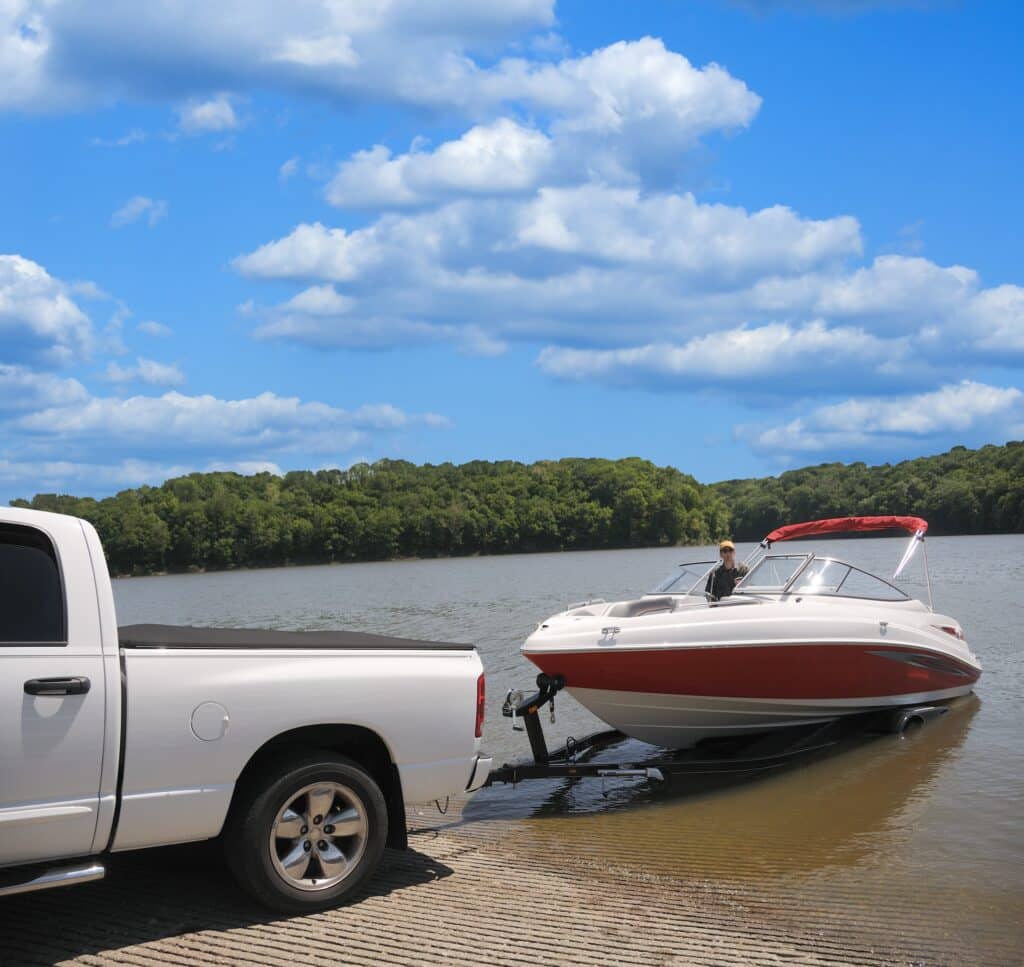
5. Launching Etiquette: Be Considerate of Others
Boat ramps can be busy, so practicing good etiquette is crucial:
- Be quick but safe: Don’t rush, but be efficient to avoid holding up others.
- Communicate: Use hand signals or communicate with helpers to ensure everyone knows what’s happening.
- Clean up: Leave the area as you found it, disposing of any trash or debris.

6. Conclusion: Enjoy the Water!
Launching your boat is just the beginning of your adventure. With these tips and best practices, you’ll be able to get on the water smoothly and safely, allowing you to focus on enjoying your time out on the water. Happy boating!
